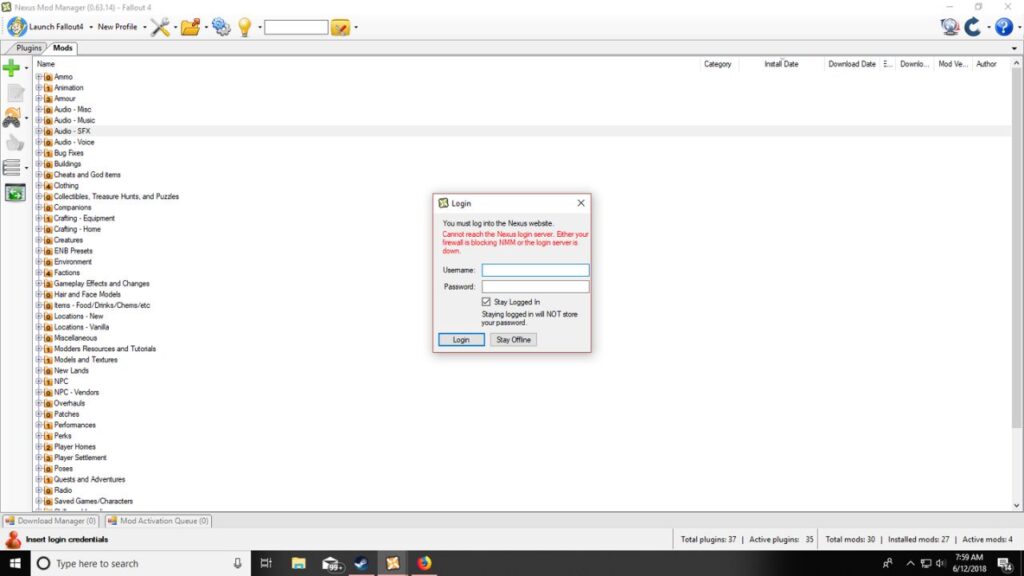Confused about calculating health in Dungeons & Dragons 5th edition? Don’t stress! We’re here to help. Uncover the secrets of calculating health in D&D 5e with us. Understand character progression better. It’s easy! Just read on.
Calculating health in D&D 5e can be tricky – especially for new players. They must understand both Health Points (HP) and Hit Points (HP) to calculate damage correctly. This guide will provide an overview of the basics of HP and HP calculation.
HP is a measure of a character’s or creature’s resistance to physical or magical damage. To calculate a character’s total HP, multiply their Constitution modifier (CON MOD) by their level, and then add their CON MOD again. For example: CON Mod +2 @ level 5 = (2 x 5) + 2 = 12 HP.
HP represents how well the character or creature is guarded against physical harm. To calculate the total HP, just add up all of the Hit Die rolls. E.g. two Hit Die rolls of 4 each = 8 HP. In certain cases such as when taking damage from starting attacks or magic spells, characters can use their AC score to reduce received damage. E.g. an attack with an arrow @ AC 18 = 1 point of damage instead of 8.
To sum up: HP measures resistance to physical/magical damage, and HP measures protection from physical harm. Knowing both values helps determine damage taken from enemies, healing needed, and more!
Health Point Basics
To grasp the fundamentals of how Health Points (HP) work in 5th Edition Dungeons and Dragons, is key to working out your character or party’s overall HP. HP stands for your character’s vigor. You need to keep a balanced strength-to-hit point ratio by monitoring damage, healing, and items you discover in the game.
In this guide, we will discuss the basics of HP formulas, recoverable HP and damage, temporary HP, death saving throws, and more info on how HP affects other aspects of the game.
HP Basics: The most HP any character has at level 1 is their Constitution score plus their level multiplied by their class’s Hit Dice modifier. This can range from 8 to 12, depending on the class. The formula for determining a character’s max HP is: Max HP = ( Constitution Score + Level ) x Hit Dice Modifier
Recoverable HP: Every time your character takes damage, it reduces their total recoverable HP but not their Max HP, unless they are taking a lot of continuous damage over time, like on short or long rest or from spells like Burning Hands. Recoverable HP regenerates naturally, as decided by the Game Master or Narrator. In many cases, it simply regenerates after every short rest or after every long rest. Some magical items give a bonus to recoverable HP, so pay attention when selecting armor and weapons with enchantments or properties.
Damage: Whenever someone casts a damaging spell or does an attack, the target takes damage equal to what was rolled plus any modifiers from attack saves, such as Strength/Dexterity. Some attacks, like Sneak attacks, add additional damage, which gets complicated when figuring out the total damage taken. Also, some spells have secondary effects that add to attack damage, like fire after the initial damage. All of these can be added up during gameplay.
Temporary HP: Temporary HP can be gained from various conditions in the 5th Edition play. Spells like Bless give characters within 5 ft Temporary HP equal to one quarter (1/4)of the divine spell caster’s Spell Castings Total + modifier if applicable). Feats like Indomitability give favored one-fingered Iron Dwarven Metamorphosis Clansmen who belong to non-evil aligned characters with d12 level hit dice 4 Temp Hits when they roll initiative. Some rituals give Temporary Hits, such as +1D6 Temps Addition per participant involved upon completion combined resulting in collective Magical Powers Total adding onto already acquired Temp Hits given upon completion if applicable.* Special notes for DM/Narrator administered games only – no rulesets apply outside players’ consent agreement!
Hit Dice and Hit Points
Hit Dice are rolled to figure out a character’s total HP. They represent the character’s ability to withstand physical and magical harm. Each time a character goes up a level, they roll or gain their hit dice. Depending on the class, this can be one die (d4, d6, d8, or d10) or multiple dice/bonus points added together.
When rolling for HP at each level-up, characters can do one big roll to get the biggest HP possible. Or, roll each one individually for average HP per level, with potentially lower maximum HP.
In D&D 5th Edition, HP calculation depends on the class chosen. Except for Barbarians, they add their Constitution (Con) modifier to their Constitution score multiplied by their current character level, plus any bonus HP they may have gained due to leveling up. These are called Maximum Hit Points, and it’s the amount of damage a character can take before being killed in combat.
Barbarians get an extra 1d12 HP. This means they are more likely than other classes to survive tough combats. But it might not help them much in long dungeons if they have low Int scores.
Constitution Score and Modifier
Your Constitution score is a measure of your character’s physical health. Classes such as Fighter and Monk need it, as they are built to take more punishment than others. It affects their Hit Points and their passive abilities related to health.
Each point of the Constitution modifier gives +1 Hit Point on each level up. This is a big number of Hit Points throughout the adventure.
Races and effects give you resistance or immunity to conditions such as poison damage, exhaustion, and disease, based on your Constitution score. Wearing armor may also increase these immunities.
Maximum Hit Points
Maximizing HP is key for a character’s survival. HP is the amount of damage your character can take before being taken out. In D&D 5th Edition, your max HP is determined by two statistics: class level and one selected ability score.
The HP calculation is:
- Hit Points = Class Level + Constitution Modifier(s) + Bonus Hit Points
Class Level: The total number of levels your character has in any class determines their starting MAXIMUM HP. 1d(class dies) is added when the character gains a new level. For example, a Barbarian would get an extra 1d12. Every time the character’s level increases, their new HP max must be used during future encounters instead of carrying over leftover HP from the previous level/class.
Constitution Modifier: If Constitution is the character’s primary ability score (which it usually should be for tougher characters), each point increase adds one point to the starting max HP. This does not increase the current HP but only applies to the MAXIMUM TOTAL HIT POINTS. Bonus hit points can be calculated and assigned if desired.
Calculating Temporary Hit Points
Temporary hit points are a lifesaver! They can absorb damage from enemies, so characters can keep fighting despite difficult odds. Temporary hit points are not like ‘deadly wounds’, they just protect from damage without penalties.
To figure out how many temporary hit points you have, use this formula: (Level x Hit dice) + Constitution modifiers + class bonuses. For example, a 1st level fighter with 17 Con would have (1 x 8) + 3 = 11 temps HP. These points last until reduced or until a short or long rest.
Remember, temporary hit points don’t damage your character’s normal health. They just help you take more hits before being knocked out! Track these points carefully in battle.
Healing and Resting
Healing and resting are musts to upgrade character health in Dungeons & Dragons 5th edition. There are two main means for restoring health: hit dice and magical healing.
- Hit Dice: If a character is free from enemies, they can use a Die Roll (d6) to work out their healing gain. One Hit Die at a time can be spent. Roll the die and add it to their current total hit points (HP). It can be repeated until all Hit Dice has gone.
- Magical Healing: Particular spells and abilities will heal a creature or restore HP. It depends on the level or special effects of magical items or artifacts. Ability checks can also be used. The DM decides if magical sources can heal an individual or group.
Resting is important for healing long-term exhaustion. During a short rest, characters can access Hit Dice normally. If they have a long rest they get all their hit points back and any lost ability scores or Hit Dice used in combat encounters reset to the max possible amount for that character class type. Plus, spells refill fully after both short and long rests. This gives them a break between dungeon crawling!
Conclusion
Calculating health in Dungeons and Dragons 5th edition is something that many players are curious about. Knowing how much health you have and the effects of different damage types is key to making an effective character.
It’s a simple process to figure out your max health. Just start with your class, race, and level, then subtract damage taken from creatures/environments. Note, not all damage sources deal the same amount of damage. Conditions like temp. hit points and healing effects also modify a creature’s hit points, so these should be accounted for. In conclusion, calculating health is important for both players and GMs. Knowing how much damage has been taken helps players strategize and GMs create challenging encounters. This leads to more enjoyable experiences for all involved.



![How to Calculate Health in D&D 5e? [Guide for Beginners 2023] Calculate Health in D&D 5e](https://techinfest.com/wp-content/uploads/2023/02/Calculate-Health-in-DD-5e-1024x651.jpg)



